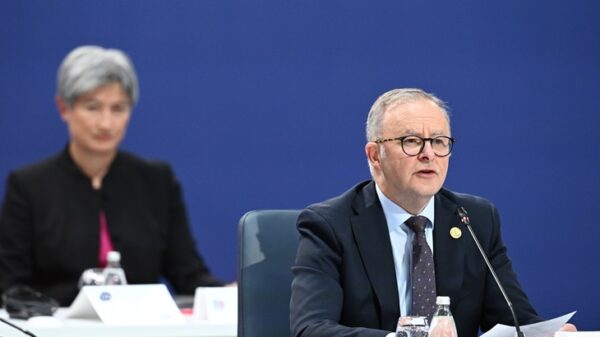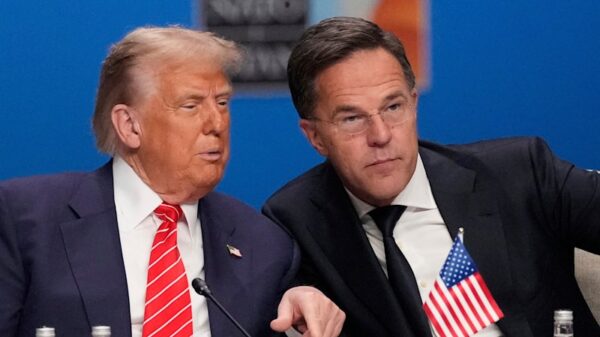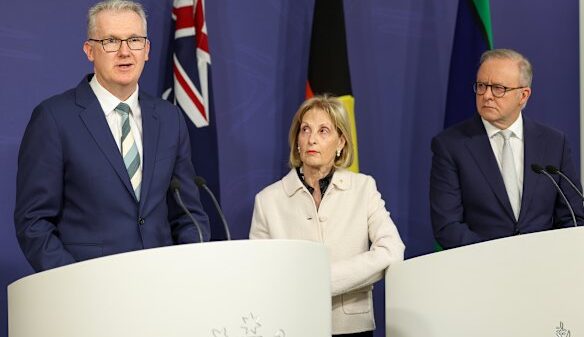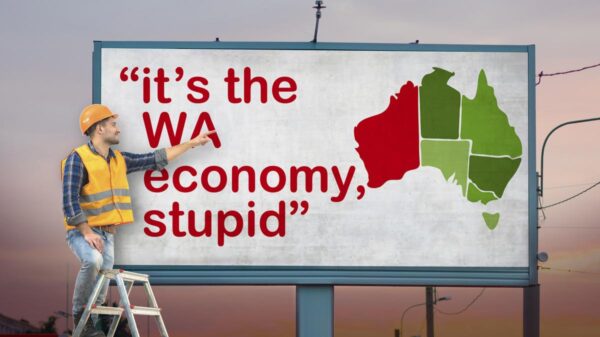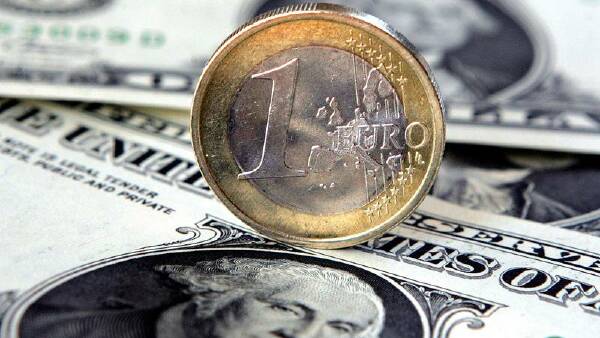European Union officials are preparing for a potential letter from US President Donald Trump regarding tariff levels affecting the bloc. This communication is expected to clarify the administration’s stance on trade policy, which has significant implications for transatlantic economic relations.
The anticipated letter is significant as it may outline specific tariff rates that could be imposed on various goods imported from EU member states. These measures, if enacted, could impact a wide range of industries, influencing both pricing and market accessibility.
Trade Relations at a Crossroads
The relationship between the European Union and the United States has been marked by trade tensions in recent years. As Donald Trump continues to reshape American trade policy, EU officials remain vigilant about the consequences of new tariffs. The EU has consistently advocated for fair trade practices and has expressed concerns over unilateral tariff decisions.
In a statement, an EU official noted that the bloc is eager to receive the letter to better understand the direction of US trade policy. “Clarity on this matter is vital for our industries and the overall economic stability of our markets,” the official said, highlighting the importance of transparent communication in international trade.
Economic analysts suggest that the contents of the letter could lead to either escalation or de-escalation of trade conflicts. A clear outline of tariff levels could help businesses prepare for changes, while uncertainty may lead to market volatility.
Potential Impact on Industries
Should the letter indicate substantial tariffs, sectors such as automotive and agriculture may face significant challenges. The EU is home to some of the world’s leading automotive manufacturers, and increased tariffs could raise costs for consumers and disrupt supply chains.
Conversely, if the letter contains more favorable terms, it may foster a more collaborative environment between the EU and the US, encouraging investments and joint ventures. This potential shift could benefit both economies, enhancing job creation and innovation.
As the July 2023 deadline approaches, EU officials are keenly awaiting a response. The outcome of this communication could set the tone for future trade negotiations and reshape the economic landscape between two of the world’s largest markets.



